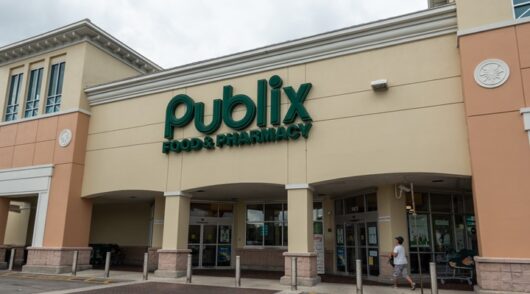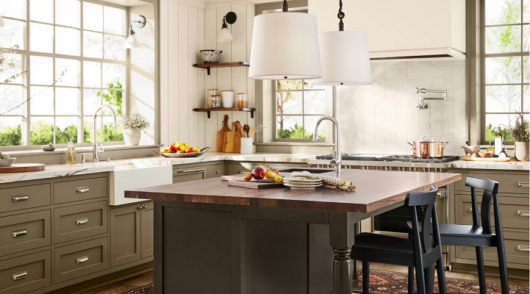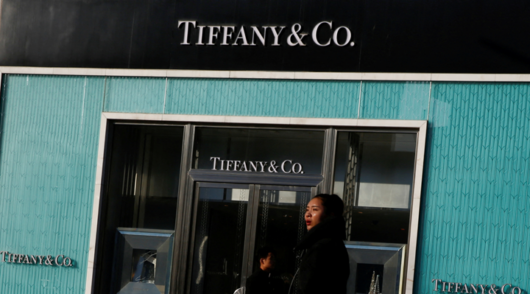With total US retail sales growing by 2 per cent in January, the year is off to a reasonable start. That said, there has been a marked slowdown in growth since the back end of last year which suggests that consumers are starting the year off on a more cautious and frugal note.
Almost every major segment has seen a decompression in the growth rate, with particularly notable declines in food service and autos – both of which are discretionary sectors where consumers usually reign in spending when they are feeling pressured.
Such pressure should come as no real surprise. The consumer entered this year with high levels of debt and household budgets that continue to be squeezed by inflation. On top of this, there is the hangover of credit card bills from the holiday spending spree, with households having added $143.1 billion to their card balances over the whole fourth quarter of last year, some $55.6 billion in December alone. Essentially, the mini retail boom at the end of last year was built on shaky foundations that are not carrying forward into this new year.
All these things considered, the January numbers could have been a lot worse, and retailers will be grateful that the sector is still in growth in monetary terms. In volume terms, however, the numbers are not quite so robust: GlobalData’s figures show volumes declined by 0.8 per cent which is a reversal of last month’s volume growth of 0.9 per cent. Again, this dip bears all the hallmarks of shoppers who are cutting back and living more within their means. The key question is whether this volume slide continues into the months ahead or whether it simply represents consumers taking a breath after a period of elevated consumption.
On a sector level, most of the big-ticket sectors are in decline as households shy away from major purchases. Sales at furniture and home stores declined by a sharp 7.5 per cent, while sales at home improvement retailers were down by 6.4 per cent. In both cases, the dips are sharper than those posted in December, indicating that there is further contraction, not helped by continued sluggishness in home-buying activity.
As we previously predicted, after a good run of growth over the holidays, electronics retail is back in the red with sales down by 5.5 per cent. Without the excuse of gifting, consumers have deprioritized spending in this relatively expensive sector of retailing. Electronics retailers will hope for a boost from tax refund season, but as the pipeline of technology remains fairly weak, it remains to be seen whether this materializes.
At apparel retailers’ sales rose by 1.4 per cent, with underlying volume growth of 0.7 per cent. This is anemic and comes despite some strong promotional activity from stores to drive demand. Warmer-than-average weather in some parts of the country also hampered the sale of winter products. The pullback on buying apparel at department stores has been particularly sharp, with off-price players continuing to pick up trade from shoppers looking to better manage their budgets.
At grocery stores, sales increased by 2.9 per cent with volumes up by 1.4 per cent. After a very promotional holiday season, most grocers have reined in offers as they attempt to protect margins. Even so, many households continue to indulge themselves with treats when grocery shopping which is helping to keep volumes in positive territory. This year the sector can expect to see a battle for market share as inflation ticks down and makes top-line gains much more difficult to attain.
Obviously, January is one data point out of the 12 that will shape retail in 2024. While we do not see reason for alarm, the warning signs of a modest slowdown are present. Many of the problems postponed at the back end of last year are now becoming more significant. This does not mean this year will be a disaster, but it does signal a tougher and bumpier year than last.
- About the author: Neil Saunders is MD of GlobalData.






